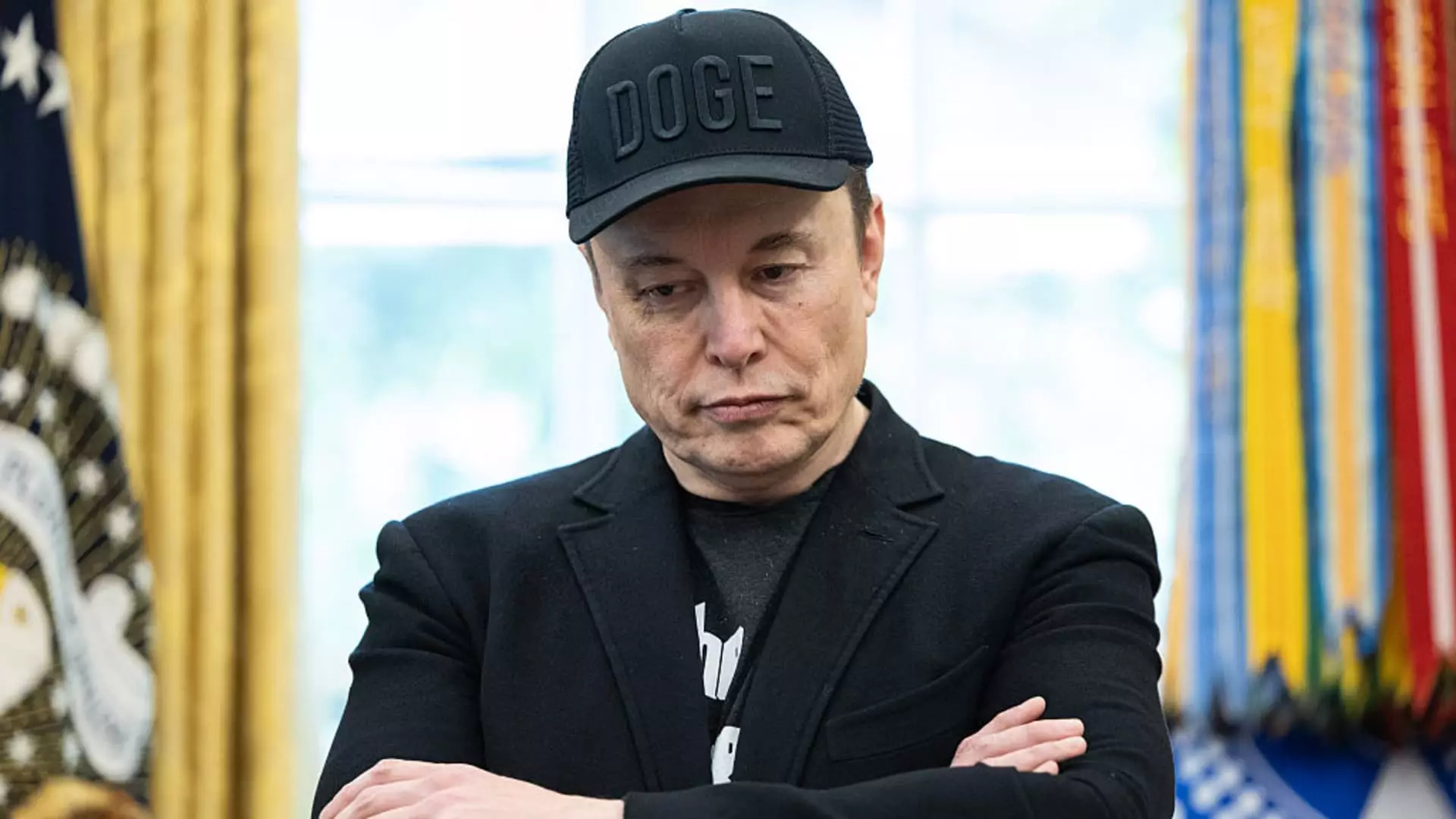In the ever-volatile landscape of modern markets, regulatory shifts act as ruthless gatekeepers, often more destructive than the most aggressive competitors. The recent proposal from the Centers for Medicare & Medicaid Services (CMS) to alter reimbursement rates for vital diabetes management devices exemplifies this threat. When government bodies threaten to slash funds, the ripple effects are felt not only by shareholders but also by countless patients whose access to cutting-edge technology could be compromised.
The decline in diabetes tech stocks like Tandem Diabetes Care and Beta Bionics by 7.5% and 4.3% respectively is not mere coincidence. It underscores the precarious reliance of health innovation on policy stability—a dependence that governments can easily destabilize with a pen stroke. These companies represent a critical frontier in healthcare, yet their existence is constantly challenged by regulatory overreach, which risks putting innovation in a chokehold and prioritizing bureaucratic austerity over genuine patient needs.
This deceptive game of regulatory chess does little to foster true healthcare advancement. Instead, it threatens to turn life-changing devices into luxury items, accessible only to a select few with the means to navigate a maze of bureaucratic hurdles. The industry’s resilience, often touted as a sign of growth, is in reality a fragile veneer that can be shattered when political tides shift. Governments must realize they are not just setting reimbursement rates but also determining the future of healthcare innovation—either as champions of progress or as saboteurs of hope.
Corporate Margins and Market Confidence: The Hidden Toll of Underperformance
Meanwhile, segments of the tech and industrial sectors are revealing cracks beneath their glossy exteriors. Progress Software’s 13% plunge following mixed Q2 results illustrates the harsh reality that even established software giants cannot coast on reputation alone. Missing revenue targets by a sliver and reporting mixed earnings is enough to spook investors, exposing a fundamental truth: today’s market favors companies that deliver consistent, predictable growth, not those riding on past laurels.
Similarly, GE Vernova’s contemplation of selling its industrial software unit, Proficy, highlights the fragility of diversified industrial giants trying to adapt to disruptive markets. This potential divestment signals not strength, but a desperate rearguard action to contain slipping profitability in a world that demands innovation and agility. These corporate moves expose a deeper crisis—the erosion of long-term value creation as companies settle into reactive strategies instead of proactive growth.
Investor confidence is increasingly fragile, teetering on the edge of real economic shifts and corporate mismanagement. When even titans like GE consider trimming their arsenals of assets, it underscores an unsettling truth: the foundation of the financial markets is less solid than it appears. The die of economic stability is cast, and only the most resilient—those with a clear vision and unwavering focus—will weather the tempest.
The Illusion of Prosperity in the Face of Fundamental Weakness
Certain stocks, such as Tesla and AeroVironment, reveal a paradoxical landscape: tangible growth offsets by external political factors or massive financial offerings. Tesla’s 5% decline following suggestions from political figures to scrutinize its subsidies exemplifies how political influences can destabilize even the most innovative companies. Musk’s outspoken stance against government policies appears to be baiting a game of political brinksmanship, risking the company’s financial health for ideological posturing.
AeroVironment’s 11% decline following plans to issue hundreds of millions in stock indicates a market wary of the company’s ability to turn growth into sustainable profit. Despite promising innovations in defense and automation, these companies are reminiscent of a house of cards—initial advancements masked by mounting financing needs, underlying structural weaknesses waiting to collapse under pressure.
This facade of prosperity is precisely what many modern capital markets thrive on—a temporary illusion that distracts from the underlying fragility of these companies’ financial positions. Investors must remain vigilant, recognizing that market rallies driven by short-term optimism often conceal long-term vulnerabilities that can unravel with a single policy shift or economic shock.
The Revival of Traditional Assets Amid the Chaos
Amidst the chaos, some traditional sectors are quietly staging a comeback. Hospitality giants like Hyatt Hotels and casino operators Wynn Resorts and Las Vegas Sands illustrate this trend. Hyatt’s 4% rise following an upgrade points to the market’s longing for stability amid turbulence. Its strategic move to sell off real estate assets is a clear signal—not of weakness, but of a deliberate attempt to cut risks and streamline operations.
Casino stocks rallying on Macau’s strong gaming revenues further support this notion. The resurgence of Macau’s gaming scene signifies a resilient appetite for luxury gambling, a traditional safe haven for investors seeking refuge from tech bubble instability. These assets may seem outdated in the face of disruptive innovation but have demonstrated their capacity to generate steady cash flows in uncertain times.
Conversely, the decline in trendy startups like Sweetgreen indicates that growth dreams are being reassessed in the face of mounting competition and rising operational costs. The market’s discernment is sharpening—favoring investments with tangible, proven margins rather than the promise of future growth that may never materialize.
In a landscape cluttered with high-flying tech, speculative ventures, and volatile stocks, traditional assets serve as a stark reminder: stability remains paramount. The allure of rapid innovation must be balanced by a prudent respect for conservative, resilient investments. Only by embracing this mindset can investors avoid being swept away by the reckless tide of market excess.

